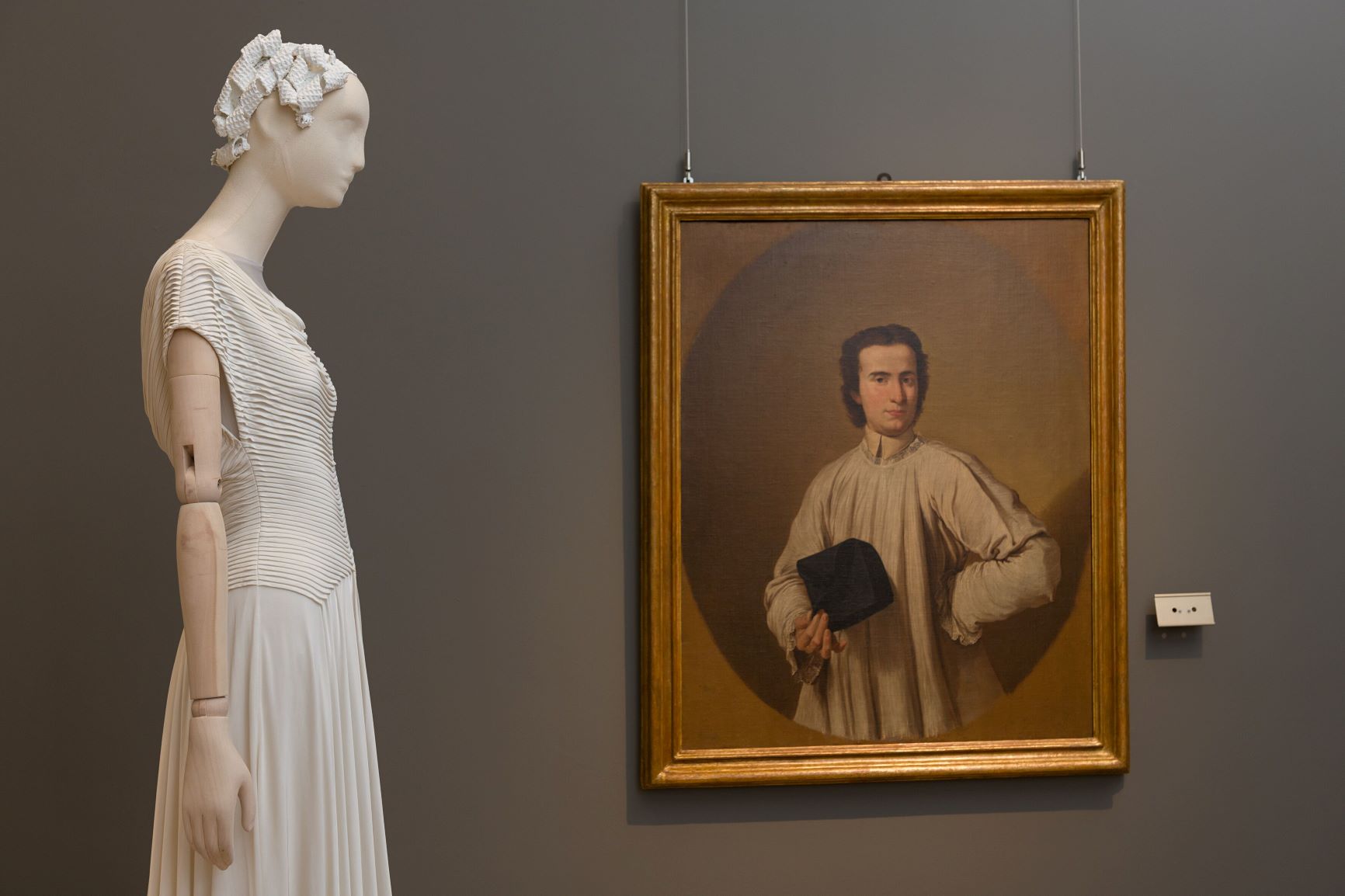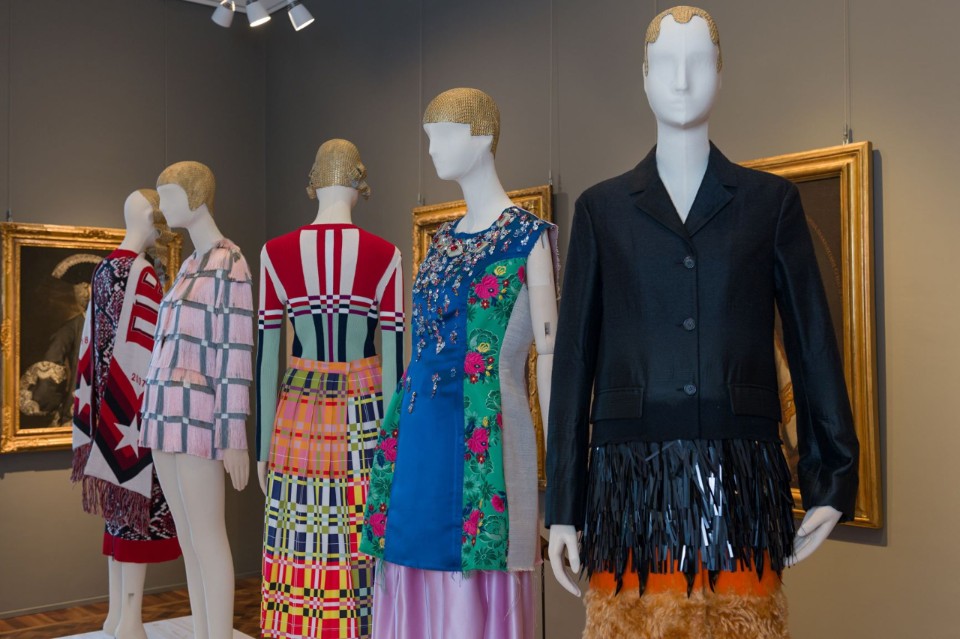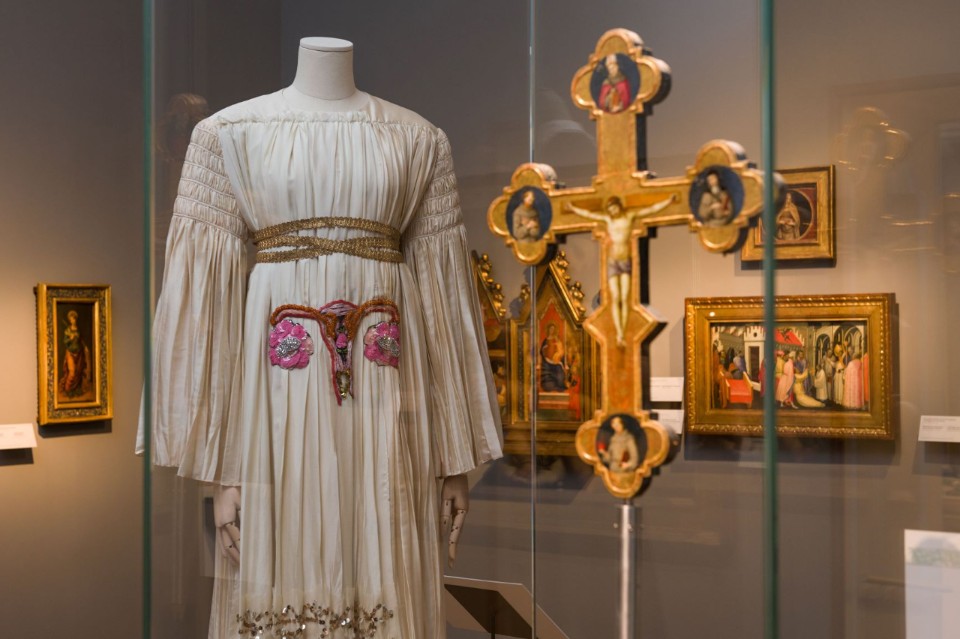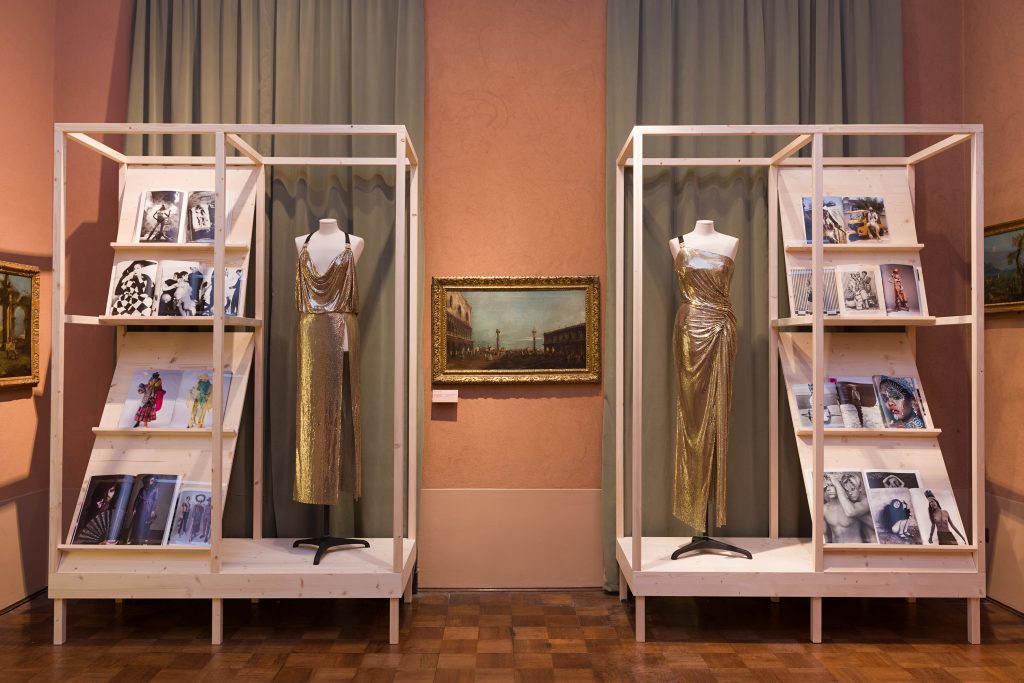Organized by the National Chamber for Italian Fashion, investigates the questions and uncertainties in an exhibition prepared for the languages of the future.


Inside the “Memos. On fashion in this millennium” exhibition. Francesco De Luca

It was a complex process, because every garment and every object on display has great value. There was great cooperation and availability on the part of the museums and institutions involved. This means that when you create something beautiful you move in complete harmony. We were interested in the centrality of the clothes and above all in staging fashion attitudes in order to give back an idea. This is not an exhibition that closes but an exhibition that opens up; an exhibition that invites you to go further.
We did not translate the method of Calvino, but rather the ability to create questions; the very creation of the Memos. What are the permanences of the century and its qualities? What are the fashion values of the last millennium? What are the design paradigms? The more time passes, the more we notice a diversification of reflection that is increasingly similar to the needs of artists. Virgil Abloh, for example, theorized “the shortcuts”, he himself claims that you only need to change a design by 3% to make it fresh and original. Memosfocuses on how the expressive territory is expanding.
I can’t choose just one, there are many people with a strong identity and a “difficult” flair. Among the many there is Maria Grazia Chiuri, who provocatively questions the meaning of dressing up and the rules of haute couture, emphasizing the construction of the feminine, thus recalling the importance of questioning its definition before wearing it. Alessandro Michele also explains very well the relationship with the body that disappears under a dress; he designed a soft white dress embroidered with a uterus and blooming with flowers, which is a powerful message to send in a historical period where women’s rights are being questioned; he celebrates femininity. In this sense, the author’s gesture has a value, thus reaffirming the quality of communication through the work. Memos is an exhibition that openly addresses the theme of inclusiveness by dealing with characters who take fashion into a wider dimension, a fashion that explodes and changes the paradigms of design. A fashion that does not want to inherit a single story, but evolves.

Milan is Fashion and Design, what do you think are the differences between these two worlds apparently very similar to each other?
Fashion and design are two complementary systems that look out for each other and live together. Fashion has different rituals than design, it has influenced design. Fashion is not only creativity, but above all communication, culture and business. Probably, compared to design, fashion has the ability to reach society first, also because of a matter of consumption, I think design is more cryptic, it needs to be analyzed and understood. Fashion, on the other hand, has become accessible to everyone.
Milan is the city of fashion, here all the forces that act on it converge. The city has transformed as it should, change is part of the process and the same has influenced the fashion that has evolved and will continue to evolve.


